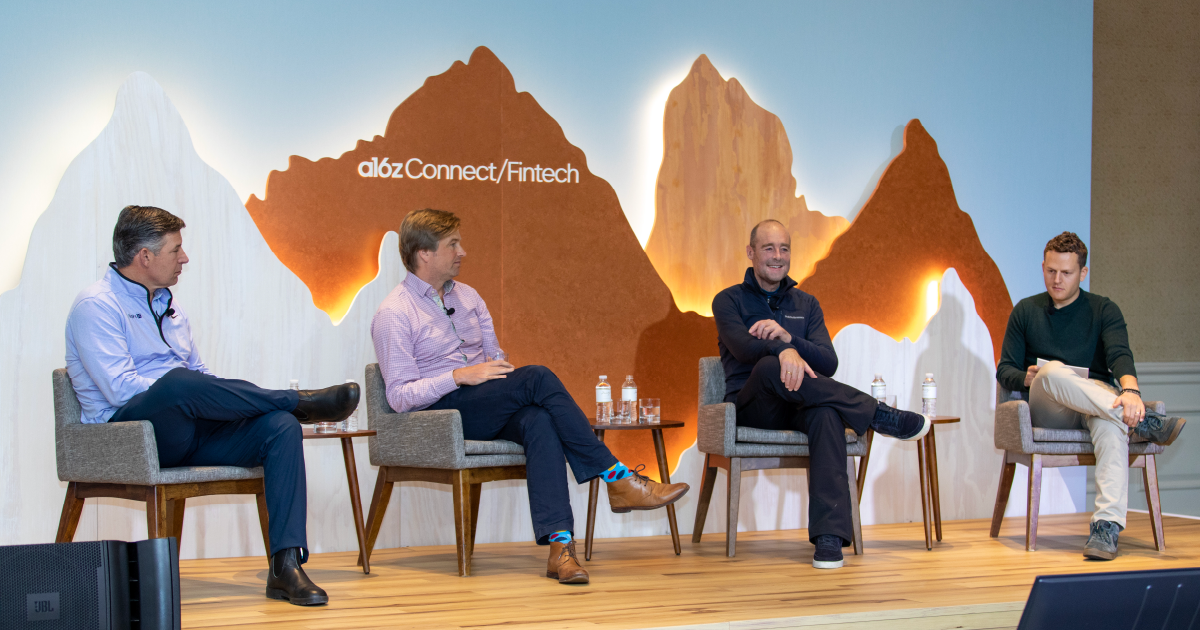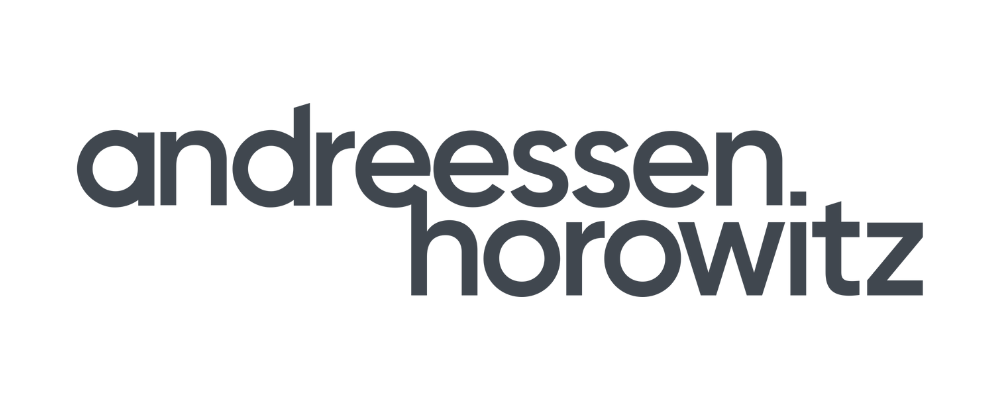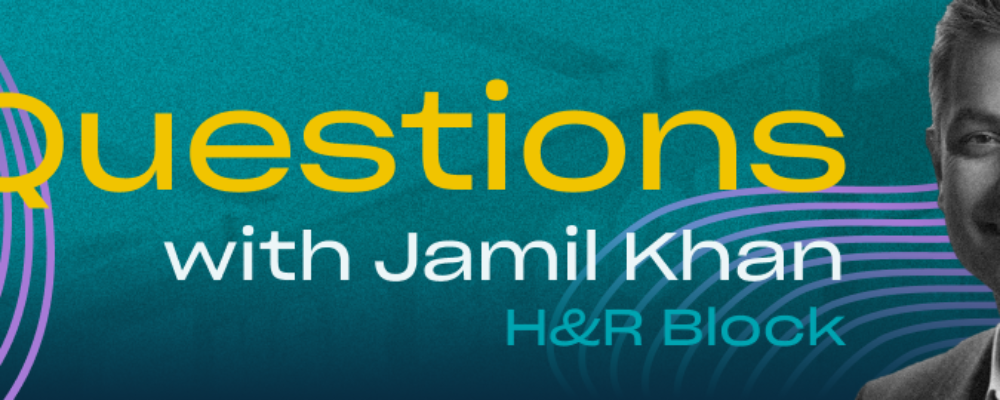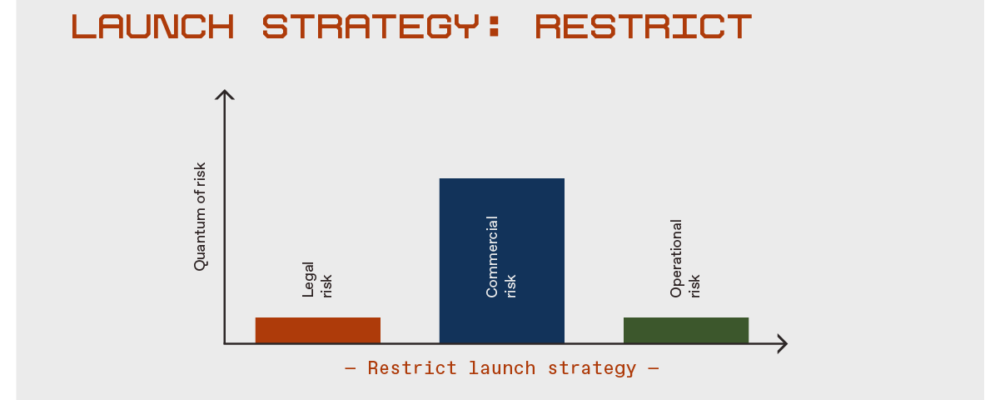
During a recent Connect/Fintech event hosted by a16z, Pieter van der Does, co-founder and co-CEO of leading financial technology platform Adyen, Anthony Noto, CEO of the leading digital personal finance company SoFi, and Kristo Käärmann, co-founder and CEO of leading money movement platform service Wise, sat down with a16z Partner Alex Immerman to chat about how they manage efficiency, product development, and life as a public company CEO.
Their expansive discussion explored the importance of talent, and unit economics, in managing efficiency. They also touched on the adoption of AI within their companies, the future of banking in light of Silicon Valley Bank’s troubles, and the challenges of taking a company public.
Here’s an edited excerpt from their conversation.
Alex Immerman: 2023 is “the year of efficiency.” Today, it seems like all we hear about in the public markets and in private company boardrooms is capital efficiency. Anthony, can you share a single framework or a best practice you use at SoFi to guide your team’s thinking around efficiency?
Anthony Noto: The thing that’s the most critical and all-encompassing is unit economics. Unit economics, to me, is the equivalent of on-base percentage in Moneyball.
If you can gain an edge—from an information, structural, technology data, segmentation, or business mix standpoint—in unit economics, you have a competitive advantage. And if I have superior unit economics to someone else, I can provide better prices, better interest rates, and better services.
So we focus a ton on all the inputs that go into unit economics, and we look at it by cohort and by business. And when the team sets priorities, I ensure that those priorities tie back into the things that drive unit economics, which is, your product mix, your segmentation, all of the costs you would think about inherently, and then your technology stack and data that drives that.
I call it building the light bulb—[its creation] required the scientific method and iteration, iteration, iteration. And still today, we continue to iterate on the light bulb. And so there’s no end to unit economics. If we have superior unit economics, everything else flows from there. We can invest more, we can have a better value proposition than anyone else, and ultimately, we can have the highest lifetime value in the whole sector.
Kristo Käärmann: I’m with Anthony. We live by unit economics as well. We’ve been profitable for 6 years* now, and we don’t like making decisions very often. To simplify the process, we’ve come up with a “formula” to guide our approach. Typically, we spend about 50% of our revenue on servicing, running the network, and moving the money, 25% on product development, and 5% on overhead, leaving 20% going to the bottom line. We can bring the cost down, but the fees come down, and the ratios remain the same.
Pieter van der Does: I come in from a bit of a different angle. I feel that when you’re building an efficient company, the most important part is attracting very talented people. From the beginning, we had this rule that you cannot be hired by Adyen without speaking to one of the 6 board members as a final check.
The reason why this is so important to us is because if you start diluting the quality of who you hire, hiring brilliant people will become more difficult. You may be short-term incentivized to just hire anyone, but long term, it will break the magic.
Quite recently, we expanded our board, so the number of possible final round interviewers went from 6 to 12. Now the chance is 1 in 12 that you get me or the CFO. This is one of the things which is extremely efficient because it keeps the quality bar high and helps avoid the pain of letting go of people, which you always do too slowly, takes a lot of time, and is a distraction.
If you start diluting the quality of who you hire, hiring brilliant people will become more difficult. You may be short-term incentivized to just hire anyone, but long term, it will break the magic. Click To Tweet
Alex: With the 757 hires that Adyen made in the second half of last year, the then-6 board members were each averaging one interview per day. That’s a lot of time! I love how you use hiring as a source of efficiency.
Building on that, talent is the most valuable resource a company has. On Tuesday, I was talking with a CEO about where you can invest your talent. You can put it towards your core existing product or new product areas. Anthony, you’ve expanded your product quite a lot over the last several years. Curious how SoFi thinks about allocating between existing product areas versus new product initiatives?
Anthony: I like to talk to the board about having a collection of different types of companies. We have seed investments, we have series A, B, C, and D. We’re not out investing in other companies, but internally, we’re making those investments. And we want to compound 20+% growth for decades, not for 5 years or 10 years, but for decades.
And so, we’re trying to couple together s-curves of growth across all those businesses, which means some of them are more mature, like our lending business, some of them are startups, and there’s a lot in between.
I know our number of employees across engineering, product, design, and data science. And I know that number every day, just like I know our cash every day, and what our liabilities are and assets are every day, because without that team, nothing happens at SoFi. We don’t build buildings, we don’t create teller machines, we don’t put out hardware. We create an app that people come to for services that are all digitized.
So, each of those people, if their fingers don’t touch keys, we are nothing. And so, we invest as much as we can in that regard. And as it relates to the s-curves of growth, it’s 75% to 85% of our talent are on things that are not currently launched, or they’re in a non-mature area of our business.
Alex: Kristo, how do you think about allocating between new areas and the current business?
Kristo: That’s probably the hardest thing, to be honest. We think of new fronts. So, we started with moving money and then took that global. We then started holding money and receiving money for people. That went global. We started serving banks as a platform business. We started issuing cards. Those are new fronts.
With millions of customers, investing in things that you already have, I think for us, is a bit more of a priority than jumping onto new things. We do that more carefully.
Alex: As we think about new product areas, AI [artificial intelligence] is all the buzz. All I hear left, right, and center these days is AI. Anthony, how is SoFi thinking about AI as a part of your roadmap over the next 12 months?
Anthony: It’s going to be a significant part of our ability to innovate. Where we’re currently using it is within our product Konecta, a natural language AI chatbot that’s really resonating with clients. It’s helped significantly reduce our cost, but more importantly, it’s significantly increased our NPS scores when someone calls in for a complaint. We want to build a business that is member-centric, not product-centric. The member is at the center and the products serve those people.
And so, when someone calls in about their credit card, we don’t want to transfer them to somebody else. That person that’s sitting right there needs to have access to all that information. And not only do they need access to that information, they need technology to actually prompt what may be the next couple of questions. And so, that’s how AI can help over time.
We’re trying to use AI to answer three questions every day. What must you do today in your financial life? What should you do? And, what can you do? And if we can do that, we can create daily engagement, which creates more data, and that data will help drive our models and their ability to personalize in real-time the services that we add.
We’re trying to use AI to answer three questions every day. What must you do today in your financial life? What should you do? And, what can you do? Click To Tweet
Alex: Kristo, curious to hear what Wise is doing around AI.
Kristo: Not much, to be honest. We get a lot of benefits from machine learning, it runs our treasury, it runs our fraud and anti-money laundering system. So, this is awesome, but this has been around for 10 years, right? So, this is nothing super sexy. I’m not quite sure that customer support should be run by AI or it should be possible.
It’s probably gonna take a year, a couple of years to be able to run customer service. But that’s probably the first place. It’s still gonna be hard in regulated services, for sure, but it’s gonna be easier again to spin up new products. Of course, it’s interesting to think how much easier, faster product development comes.
Alex: Pieter, where with Adyen’s business do you see AI most applicable?
Pieter: I think what we have is very similar to Wise. Of course, a lot of machine learning, especially around risk in payments. We do consumer payments for large companies, and the key there is to pick out the fraudsters without stopping the valid shoppers. And that is a data problem. Also, we work with large platforms, like eBay, with millions of sellers. There, the key is to stop both buyer and seller fraud. So, those are areas where we already, for a long time, deploy machine learning. But in other parts, not yet.
Alex: I read an article that said “banking as a service is dead” and has no place in the future of FinTech. Anthony, SoFi with Galileo has been long active in this area. I’m curious about your take about the different segments within banking as a service.
Anthony: I think the term “banking as a service” could be misleading. Whether you’re a financial services company, a big brand company, or a technology company, you need a ledger and core computing. So, we have that. You need ACH and debit processing. You need to have functionality like account opening, 2-day early paycheck, direct deposit, and a rewards program. Well, someone’s got to build that. No one else is going to invest as much in technology as we will. The demand for that technology is increasing, not decreasing. There are going to be [banking as a service] companies that go out of business and some that decide to internalize it.
When I was [COO] at Twitter, we had all of our data centers on-premises, and we looked at trying to move it to the cloud. It was a huge weight around our neck, billions in infrastructure spend over four years. We just couldn’t keep up with the cloud computing companies. We were not going to innovate as fast, we’re not going to be as efficient if we keep trying to build this ourselves. But making that switch over is really hard.
For the first time, we have conversations with a dozen big national banks that are looking at their core and its end-of-life, and they have to make a change. So, is there a big market for someone to come in to say, “Do everything end-to-end?” I’m not sure. Is there a market for each one of those pieces to be outsourced? A hundred percent.
Kristo: I think there’s a bit of a dysfunction in the world where I think there’s like 5,000 banks in the U.S. and about 8,000 globally. Banks are very local in all countries. Very few are cross-border at all. But then if you look at tech companies, tech companies are generally global. So, you only need one Google or a couple of them. But that’s it. There’s a massive scale efficiency that you get from tech. And that doesn’t exist in banking. And therefore, I don’t think this hyper-local banking that has been around for years can exist forever.
And for each of the financial services verticals, I think there’s going to be platforms that can do whatever these small banks try to do on their own, just so much better. It’s going to be impossible for them to compete on these verticals. What we might see is disaggregating of these universal banks. So, if you bundle together Adyen and Robinhood and a few other services, you get something that looks like a bank, but it’s way better than any of our current alternatives.
There’s a massive scale efficiency that you get from tech. And that doesn’t exist in banking. And therefore, I don’t think this hyper-local banking that has been around for years can exist forever. Click To Tweet
Anthony: What’s happened in the weeks post-SVB is going to accelerate the amount of outsourcing of technology. We were in frequent contact with the Regulators when SVB was struggling and others were about to go under, and they wanted to know the answer to one question, “Where are your deposits?”
We knew where our deposits were every second of the day. Similarly, we knew where our liabilities were every second of the day. Most others the Regulators talked to did not. They wouldn’t have known until the end of the day, or end of the week. Those systems are not going to allow banks or financial institutions to survive in a world in which money can move as fast as it does today. And so, there needs to be an upgrade of core technologies. There needs to be an upgrade of data systems to be able to manage that way. The current infrastructure for many in banking is inadequate. And I think Regulators are going to push hard to drive those changes.
Alex: Pieter, you’ve built a massive company. It’ll cross a trillion of processed volume very shortly. But it’s your profits that are probably the envy of many in this room. I’m curious, during your journey, were there times where you thought profits came at the expense of growth or product velocity?
Pieter: Something intuitively wrong, but in our case is right, is that the cheapest model is the best performant model. Because we believe that if you build everything in-house, if you build it all the way from a payment method towards the merchant, if you control it all, our costs per transaction are extremely low and we get to the highest quality product. Margins are a result of our approach, and our approach is let’s get to the best product. So, it’s purely operational excellence focused.
Alex: Kristo, what impact has being a public company been on your business?
Kristo: I famously don’t think that going public is a good idea. Unfortunately, everyone in the room has probably taken money from investors, so it’s inevitable. You’re either going to sell or you’re going to go public. So, get used to it and start preparing for it.
Alex: Pieter, what has been great about being public, what are the advantages, what’s been easier?
Pieter: I agree with Kristo. You try to push it out because you need to have a decent size [market cap and float]. Otherwise, you’re not attractive to investors, you won’t have coverage by analysts. But we had investor alignment so we had good liquidity in the stock. We didn’t have protected share classes, so we had an uptake in the index that worked very well.
I find the distraction probably less than what we had with private investors. And it’s really helped our brand because it’s the ultimate transparency. We have very, very large merchants. The largest companies in the world work with us. And then it’s nice that there’s that transparency from us as a public company. It works much better than I feared, and the benefits were larger than what I expected.
“Andreessen Horowitz is a private American venture capital firm, founded in 2009 by Marc Andreessen and Ben Horowitz. The company is headquartered in Menlo Park, California. As of April 2023, Andreessen Horowitz ranks first on the list of venture capital firms by AUM.”
Please visit the firm link to site




